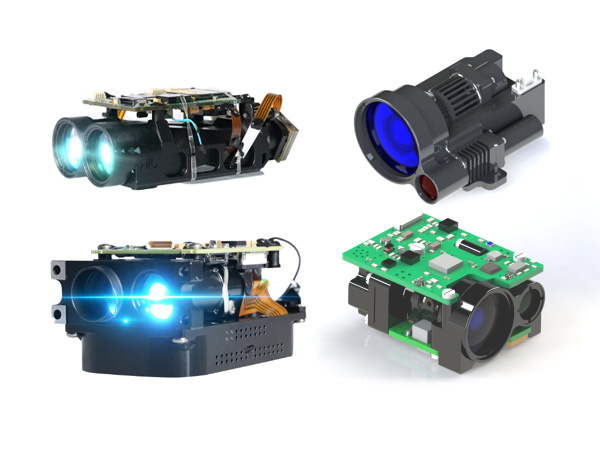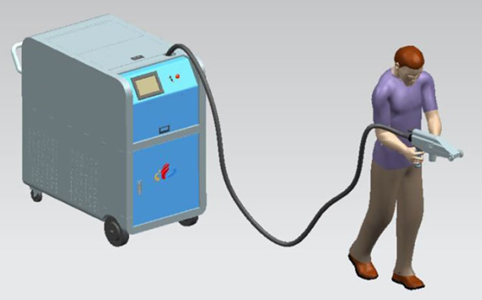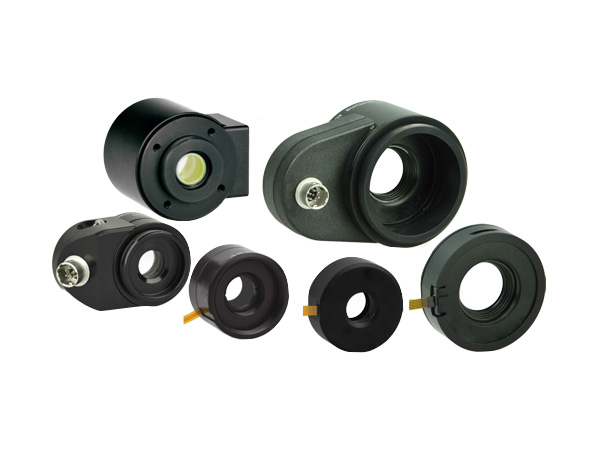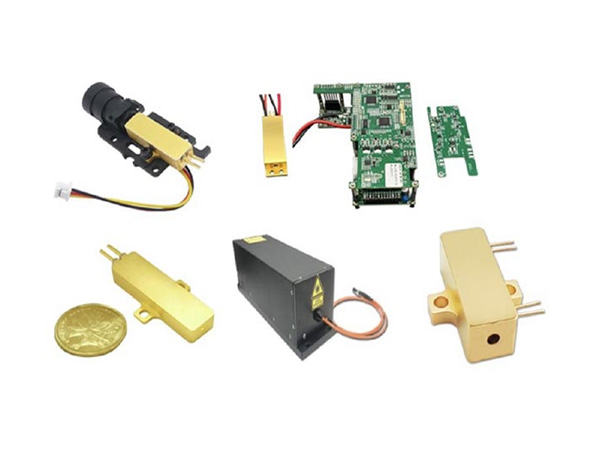Laser sensor could replace finger-prick diabetes test
A new laser sensor that monitors blood glucose levels without penetrating the skin could transform the lives of millions of people living with diabetes, say the developers at the University of Leeds, UK.
The new technology, developed by Professor Gin Jose and his team, uses a small device with low-powered lasers to measure blood glucose levels non-invasively. Jose told optics.org, “This could give people a simpler, pain-free alternative to finger pricking, squeezing drops of blood onto test strips, and processing the results with portable glucometers.
”Our technology has continuous monitoring capabilities making it ideal for development as a wearable device. This could help improve the lives of millions of people by enabling them to constantly monitor their glucose levels without the need for an implant or frequent invasive tests.”
At the heart of the glucose sensor is a piece of nano-engineered silica glass, embedded with ions that fluoresce in infrared light when illuminated by low power laser light. When the glass is in contact with the users’ skin, the extent of fluorescence signal varies in relation to the concentration of glucose in their blood. The device measures the length of time the fluorescence lasts for and uses that to calculate the glucose level in the bloodstream, a process that takes less than 30s.
Benchtop prototype
Professor Jose commented, “The glass used in our sensors is hardwearing, acting in a similar way as that used in smartphones. Because of this, our device is more affordable, with lower running costs than existing self-monitoring systems.
"We are currently piloting a benchtop version in our clinical investigations and we aim to develop two types of devices for the market. One will be a finger-touch device similar to a computer mouse. The other will be a wearable version for continuous monitoring. An EPSRC-funded £1.4 million pilot manufacturing facility at Leeds for scale-up is scheduled to be ready by 2016.”
The results of a pilot clinical study, carried out at the Leeds Institute of Cardiovascular and Metabolic Medicine supervised by Professor Peter Grant, suggest that the new monitor can perform as well as conventional technologies. More clinical trials and product optimization are required for regulatory approvals.
Professor Grant, Professor of Medicine at the University of Leeds and Consultant diabetes specialist, said, “Non-invasive monitoring will be particularly valuable for people with Type 1 diabetes. Within this group, those attempting precise control such as pregnant women or people experiencing recurrent hypoglycaemia could find this technology very useful.”
Commercialization
The glucose-sensing technology is licensed to Glucosense Diagnostics, a spin-out company jointly formed and funded by the University of Leeds and NetScientific plc, a biomedical and healthcare technology group specialisingin commercialising transformative technologies from leading universities and research institutes.
Sir Richard Sykes, Chairman of NetScientific, said, “Diabetes is a growing problem, with the need for non-invasive glucose monitoring becoming ever more critical. This technology could help empower millions of people to better manage their diabetes and minimise interventions with healthcare providers. The ultimate development of two distinct products - a finger-touch and a wearable – could give people with different types of diabetes the option of a device that best suits their lifestyle.”
Prof Jose added, “We believe that that the global market for this capability is currently worth at least £6 billion per year. There are about 400,000 people with Type I diabetes in the UK alone. It is possible that our new device could be deployed effectively against the disease in this group. It is also possible that device could be used to measure other conditions besides diabetes; in the longer term we believe we can develop other sensors to identify stroke risk and other cardio-vascular potential problems. We are applying for further research funding to develop such applications.”
About the Author
Matthew Peach is a contributing editor to optics.org.
 English
English Français
Français Deutsch
Deutsch euskara
euskara Русский язык
Русский язык Italiano
Italiano Português
Português Nederlands
Nederlands Polski
Polski Greek
Greek Lietuva
Lietuva Türkçe
Türkçe 日本語
日本語 한어
한어 中文
中文 தாமில்
தாமில் فارسی
فارسی हिंदी
हिंदी Tiếng Việt
Tiếng Việt ภาษาไทย
ภาษาไทย Pilipino
Pilipino Indonesia
Indonesia தாமில்
தாமில்





